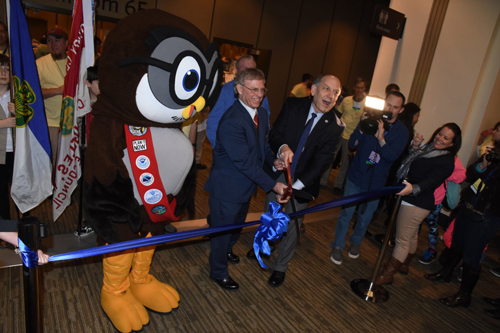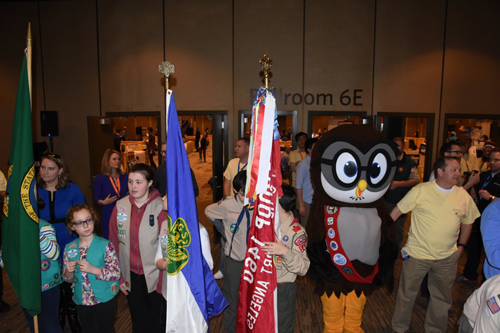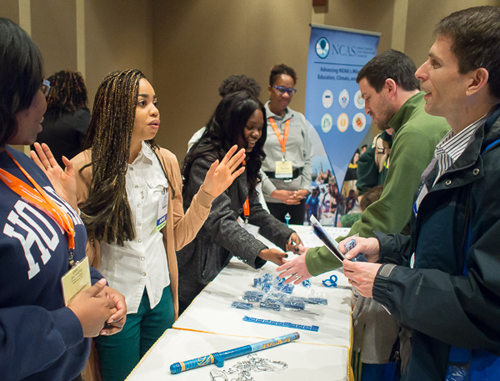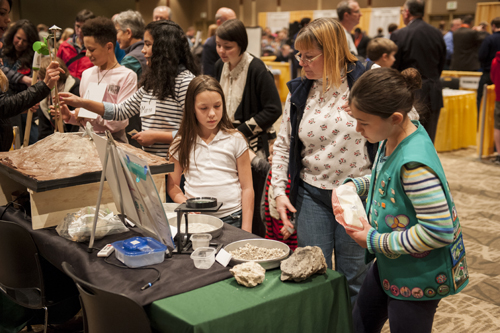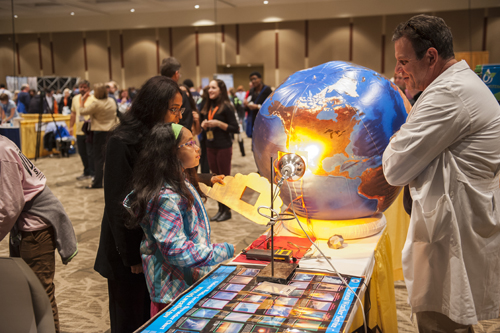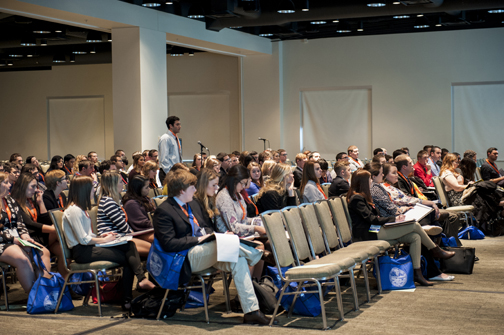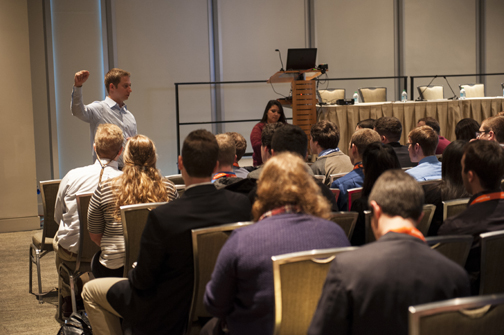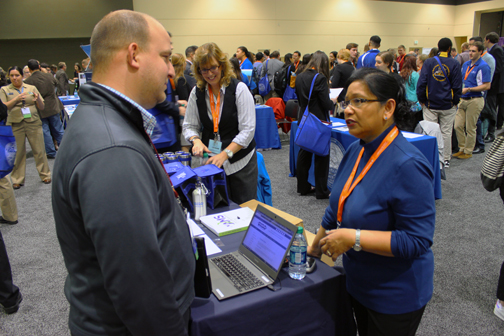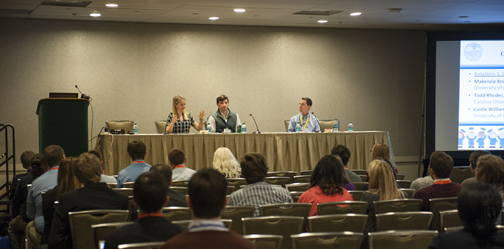At some point, very early in our meteorological education, we learn that the atmosphere, the oceans—and thus weather and climate everywhere—are inextricably linked across the globe. Your weather is my weather, no matter where you live and where I live.
Weather makes us all neighbors—partners in science across vast distances. The idea is indelibly etched in our science. It was alive as early as Benjamin Franklin, writing to his brother hundreds of miles away to ask if the weather in Boston bore any relation to the weather in Philadelphia. It pervades the insights of Edward Lorenz, who taught that the flap of a butterfly’s wings in Brazil might be the trigger for a tornado in Texas.
The neighbor principle of weather drives discovery and propels the dramatic improvement in forecasting and understanding we continue to witness. We see this ethos in the free exchange of data and sharing of resources to build our Global Observing System. We see it when Europeans and Japanese move their satellites to help us cover gaps in our observing, and when Americans do the same for them. In science and saving lives, we are neighbors, across thousands of miles of ocean.
The good neighbor spirit was alive and well at an AMS Annual Meeting Town Hall on U.S.-International Partnerships this month. The panel featured representatives from AMS, the World Meteorological Organization, and the meteorological societies of China, Japan, South Korea—people who traveled half a world from their families to be with us. They came together to tout the value of close international collaborations. At the Town Hall, it was clear why scientists seek opportunities to confer with each other, across borders. “We need to learn from each other,” the panelists agreed.
Last week the AMS joined 170 other professional, academic, and scientific organizations in signing a letter to President Trump. The letter warned that the Executive Order issued on January 27 regarding visas and immigration has “profound implications for diplomatic, humanitarian, and national security interests, in part because of the negative impact on U.S. science and engineering capacity.”
The letter points out that
In order to remain the world leader in advancing scientific knowledge and innovations, the U.S. science and technology enterprise must continue to capitalize on the international and multi-cultural environment within which it operates.
AMS has been doing more and more to recognize the reality of that international and multi-cultural environment in our disciplines. This reality has a long history. Franklin’s ideas on lightning were quickly celebrated in Europe, for example. And the founder of modern weather services in our country, Cleveland Abbe, encouraged translations of seminal European papers in the pages of Monthly Weather Review, a journal he founded in 1872 to make domestic meteorologists aware of relevant scientific innovations. Throughout the early 20th century revolution of scientific weather forecasting, major advances came through exchanges of scientists traveling to Europe, and from Europeans scientists who came to the United States. Nearly every American in the AMS can trace their personal scientific “lineage” to trans-Atlantic and trans-Pacific exchanges of this kind.
Today, AMS continues this neighborliness of science—through cooperative agreements with societies in Canada, China, Europe, and India and elsewhere, through the programming of its meetings, and through the pages of its widely read journals. Take the latest Annual Meeting: more than 500 attendees came from outside the United States. Look at the latest issue of AMS’s Journal of Climate: fully half of the 50 authors listed there are affiliated with institutions of other countries. A large number of the other half were educated, at least in part, in overseas institutions. Scientific talent, innovative ideas, professional heritage—all flow across the globe as necessarily as wind and water.
This international environment is the scientific neighborhood in which we live. It is one critical reason that AMS and its cosigners offered the President their assistance in “crafting an immigration and visa policy that ensures strong borders while staying true to foundational American principles as a nation of immigrants.”
 Then on Thursday (1:45 PM, Tahoma 2), you can map the New York City area again, in a completely new way: Sina Kashuk of NOAA
Then on Thursday (1:45 PM, Tahoma 2), you can map the New York City area again, in a completely new way: Sina Kashuk of NOAA 